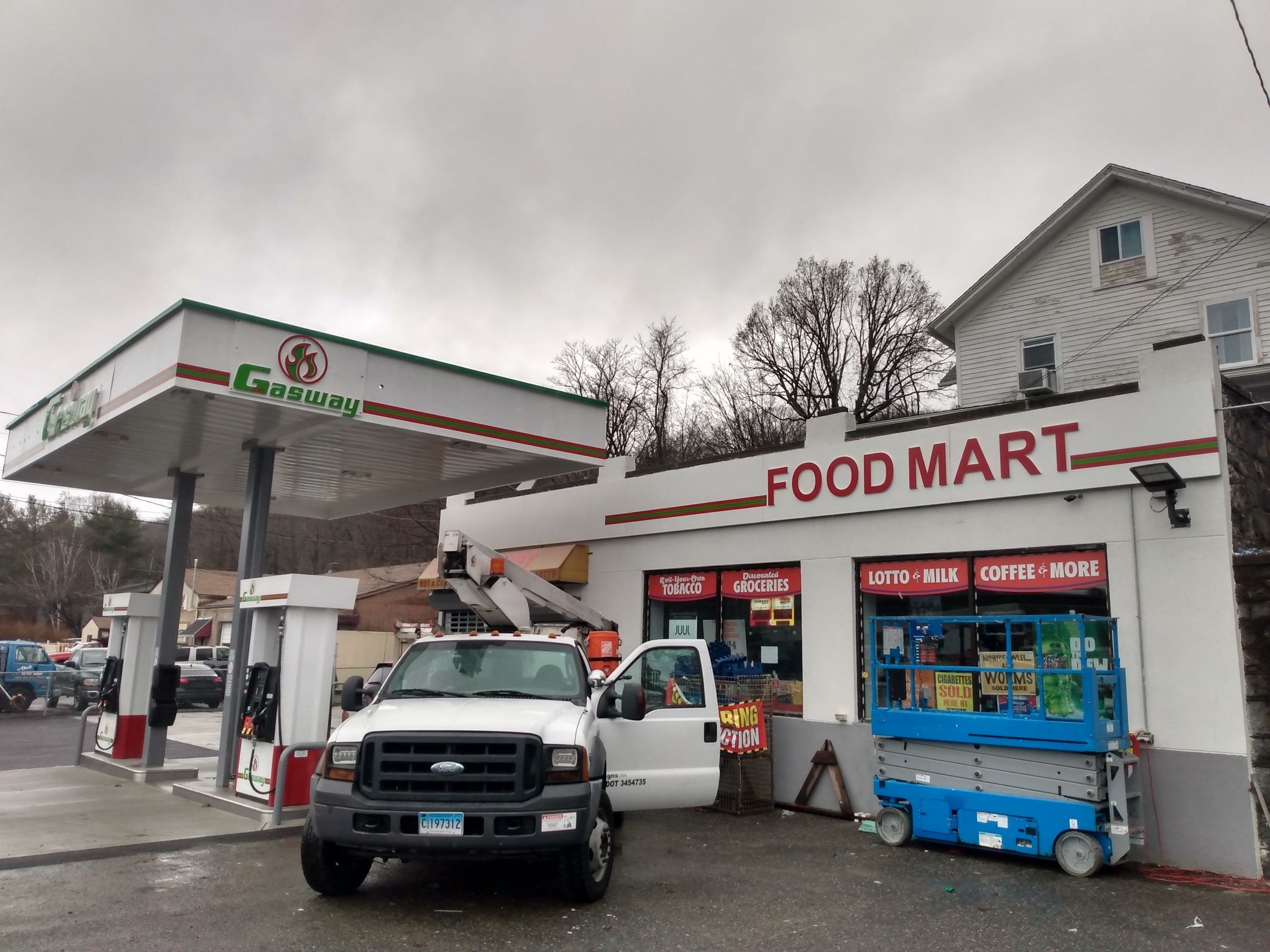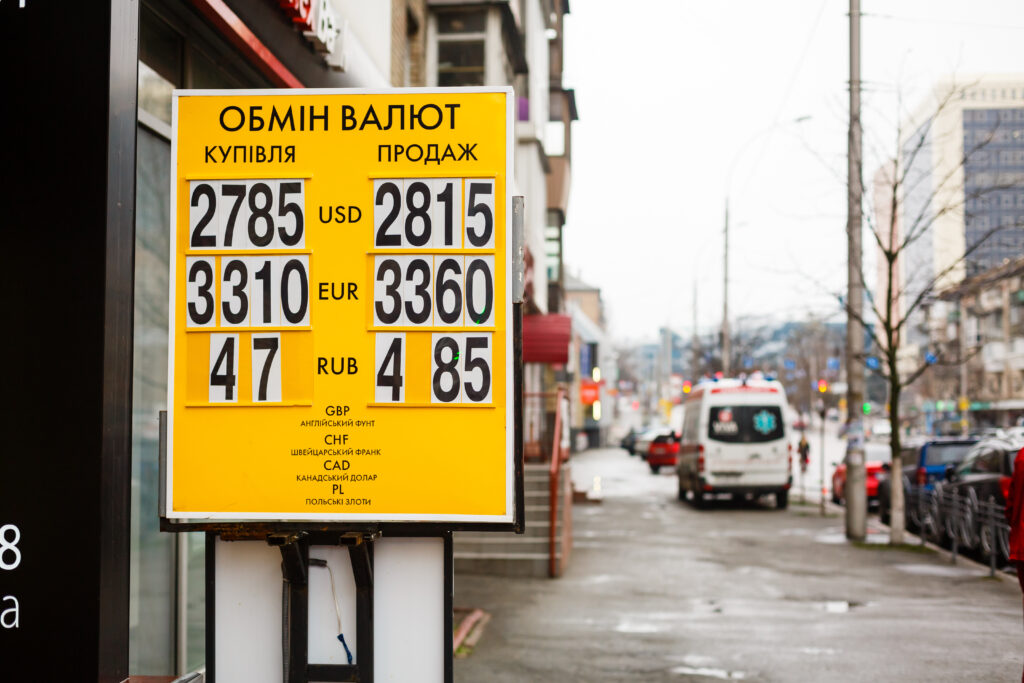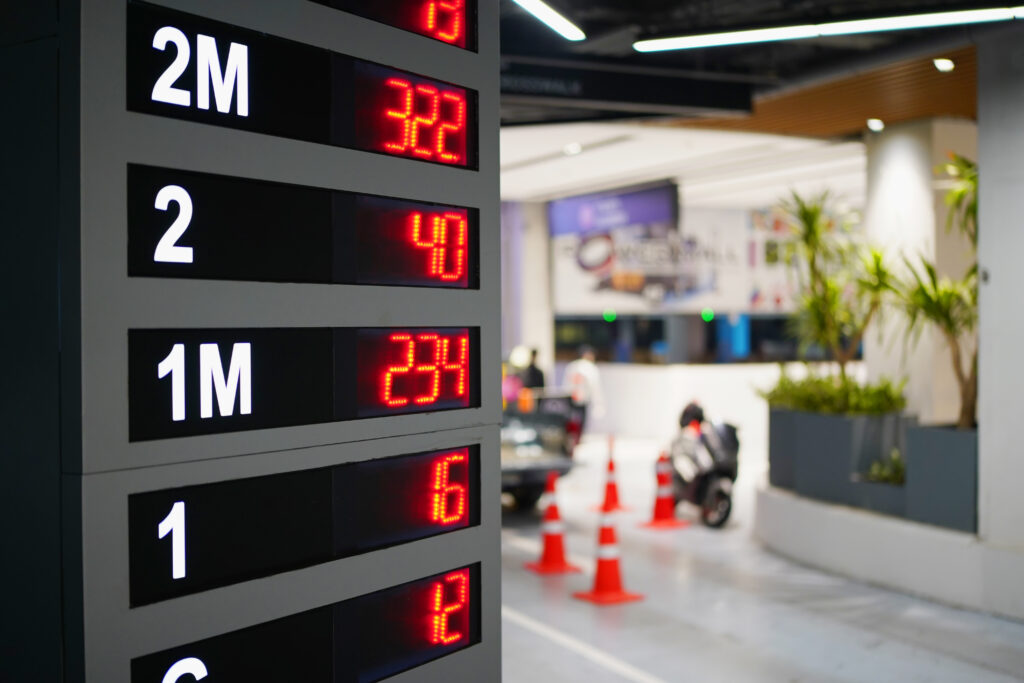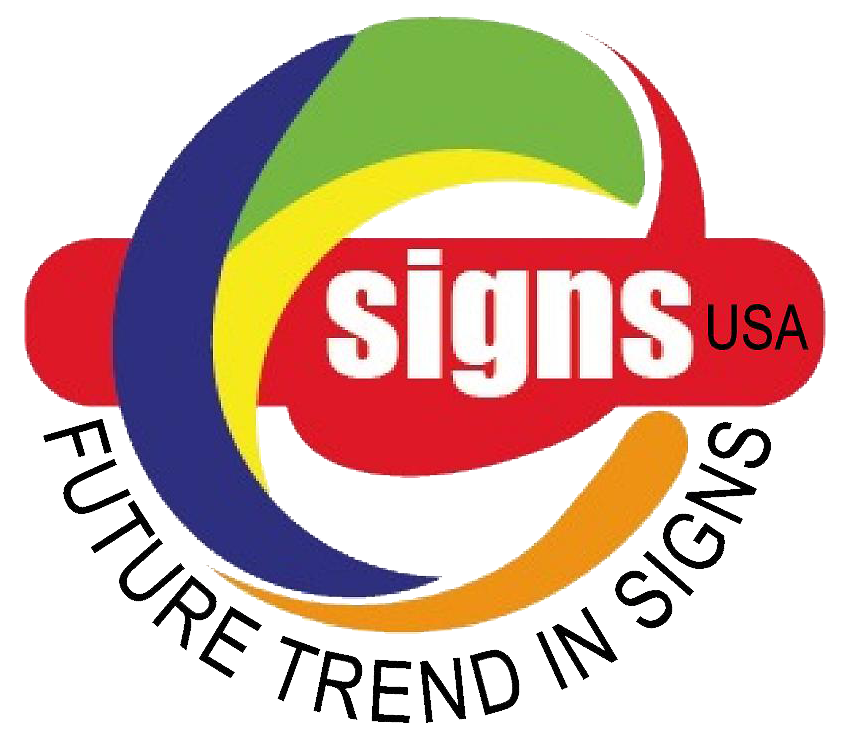
Impact on Customer Trust
In the competitive fuel retail industry, customers make split-second decisions about where to stop. Professional service station signage immediately communicates reliability and quality, with 76% of consumers reporting they’ve entered a business based on sign quality alone.
Brand Recognition Benefits
- Consistent brand presentation increases revenue by up to 23%
- Memorable signage creates lasting market presence
- Custom design elements help differentiate from competitors
- Professional signs reinforce brand identity across locations
Professional Image Enhancement
A well-designed service station sign serves as a powerful marketing tool that elevates your business image. Consider these key benefits:
| Image Element | Business Impact |
|---|---|
| Modern Design | Attracts premium customers |
| Clear Pricing | Builds transparency trust |
| LED Lighting | Projects 24/7 professionalism |
| Quality Materials | Demonstrates commitment to excellence |
Professional signage transforms your service station from a mere fuel stop into a trusted establishment. High-quality signs featuring crisp logos, clear pricing, and superior illumination signal to customers that you maintain high standards throughout your operations.
With visibility playing such a crucial role in attracting customers, let’s explore how strategic placement and design can maximize your station’s appeal to passing traffic.
Visibility and Customer Attraction
Day and Night Visibility
LED service station signs provide 24/7 visibility, ensuring your business never goes unnoticed. During daylight hours, high-contrast displays and anti-glare materials maximize readability, while powerful LED illumination creates a beacon for nighttime travelers.
Strategic Positioning
Optimal sign placement considers these crucial factors:
- Traffic approach angles
- Speed zones
- Surrounding competition
- Natural and artificial obstacles
- Local terrain variations
Distance Viewing Impact
Different viewing distances require specific design considerations:
| Distance | Design Requirements | Impact Factor |
|---|---|---|
| 0-100ft | Detail-rich design | Direct conversion |
| 100-300ft | Large text/numbers | Brand recognition |
| 300ft+ | Simple elements | Location awareness |

Traffic Flow Conversion
Converting passing traffic into paying customers depends on:
- Clear pricing displays
- Easily readable brand elements
- Directional indicators
- Service offerings visibility
Modern gas station design emphasizes these visibility elements through strategic height placement and multi-angle visibility. Professional service station signage typically achieves 15-30% better traffic conversion rates compared to basic signage solutions.
With proper visibility established, businesses can expect significant returns on their signage investment. These returns manifest through increased customer traffic and enhanced brand recognition.
Investment Returns
Increased Foot Traffic
A professionally designed service station sign acts as a 24/7 marketing tool, drawing potential customers from main roads and highways. Studies show that businesses with high-quality signage experience up to 75% more customer visits compared to those with poor or outdated signs.
| Impact Factor | Percentage Increase |
|---|---|
| Visibility Distance | +150% |
| Daily Traffic | +75% |
| Impulse Stops | +45% |
Customer Retention
Quality service station signage contributes significantly to brand recognition and customer loyalty. Key benefits include:
- Clear price displays building trust
- Professional appearance indicating reliable service
- Consistent branding creating memorable impressions
- Modern LED elements showing technological advancement
Competitive Edge
In the fuel retail industry, standing out is crucial for success. Professional signage provides:
- Distinctive visual presence in crowded markets
- Enhanced brand positioning
- Higher perceived value of services
- Clear communication of unique selling propositions
Modern LED service station signs can reduce energy costs by up to 80% compared to traditional lighting, adding to the return on investment. When combined with strategic placement and proper maintenance, professional signage typically pays for itself within 12-18 months through increased revenue and customer retention.
With design elements playing a crucial role in maximising these returns, let’s explore the key components that make a service station sign truly effective.

Design Elements for Success
The strategic use of colors in service station signage directly impacts customer perception and behavior. Red and yellow, commonly used by major fuel brands, create urgency and attract attention, while blue conveys trust and reliability. Here’s how different colors influence customers:
| Color | Psychological Effect | Best Used For |
|---|---|---|
| Red | Urgency, excitement | Price displays, special offers |
| Yellow | Optimism, visibility | Brand logos, attention-grabbing elements |
| Blue | Trust, professionalism | Company name, service information |
| Green | Eco-friendly, freshness | Environmental messages |
Font Selection
Typography must balance readability with brand identity. Sans-serif fonts like Helvetica and Arial ensure maximum legibility from distance, while maintaining a modern appearance.
Size Optimisation
Key factors for optimal sign sizing:
- Viewing distance from major roads
- Speed limit of passing traffic
- Local zoning regulations
- Property size constraints
Material Quality
Modern service station signs require durable materials that withstand:
- Extreme weather conditions
- UV radiation
- Temperature fluctuations
- Chemical exposure
Lighting Effects
LED lighting has revolutionised service station signage by offering:
- Energy efficiency
- Enhanced visibility
- Dynamic price updates
- Programmable displays
With these design elements properly implemented, your service station sign will effectively communicate your brand message while meeting practical requirements. The next section explores important regulatory compliance measures that ensure your signage investment remains legally sound.
Regulatory Compliance
Local Sign Regulations
Your service station sign must comply with local municipal codes and zoning regulations. These typically cover:
- Maximum sign dimensions and height
- Illumination restrictions
- Setback requirements from property lines
- Number of signs allowed per property
- Digital display specifications
Industry Standards
Professional service station signs need to meet specific industry requirements:
| Standard Type | Requirements |
|---|---|
| Material Quality | UL-listed components |
| Illumination | Minimum brightness levels |
| Brand Compliance | Corporate identity guidelines |
| Fuel Price Display | Number size and visibility range |
Safety Requirements
Safety compliance is non-negotiable for service station signage:
- Electrical safety certifications
- Structural integrity standards
- Wind load resistance
- Fire-resistant materials
- Emergency shut-off mechanisms
Failing to meet these regulations can result in hefty fines, forced sign removal, or business operation suspension. Working with a professional sign manufacturer ensures your signage meets all necessary requirements while maintaining visual appeal. Regular inspections and documentation of compliance help prevent regulatory issues.
Now that you understand the compliance requirements, let’s explore how proper maintenance and care can extend your sign’s lifespan and protect your investment.

Maintenance and Longevity
Weather Resistance
Your service station signage needs to withstand various weather conditions while maintaining its professional appearance. High-quality signs are constructed with:
- UV-resistant materials to prevent fading
- Waterproof coatings to resist rain and moisture
- Reinforced structures to handle strong winds
- Temperature-resistant components for extreme conditions
Regular Upkeep Benefits
Implementing a consistent maintenance schedule:
- Extends sign lifespan by 40-50%
- Preserves brand image
- Reduces unexpected repair costs
- Ensures optimal visibility
Replacement Timing
Monitor these key indicators to determine when replacement is needed:
| Warning Sign | Action Required |
|---|---|
| Color fading | Evaluate UV damage |
| Flickering lights | Check electrical components |
| Physical damage | Assess structural integrity |
| Outdated design | Consider modern alternatives |
Cost Effectiveness
Proper maintenance proves more economical than frequent replacements. Regular upkeep typically costs 15-20% of full replacement value annually while extending sign life by 5-7 years. Professional service station signs maintained properly can last 10-15 years, representing significant long-term savings.
With proper maintenance protocols in place, let’s explore the regulatory requirements that ensure your signage remains compliant while serving its purpose effectively.
Conclusion
A professional service station sign serves as more than just a marker – it’s a powerful business asset that directly impacts your success in the competitive fuel retail industry. From creating lasting first impressions to ensuring maximum visibility, a well-designed sign attracts customers, builds brand recognition, and demonstrates your commitment to quality service.
Investing in a high-quality, compliant service station sign is a strategic business decision that pays dividends through increased foot traffic and customer trust. Remember to maintain your signage regularly to protect your investment and keep your business shining bright in your community. Your sign is often the first hello and last goodbye to customers – make it count.
